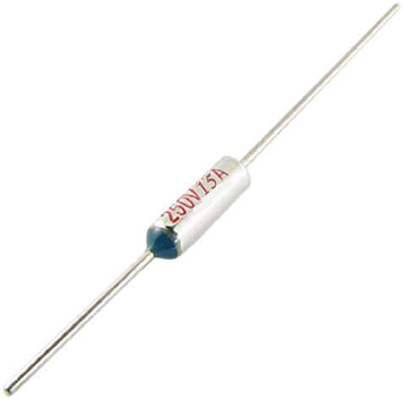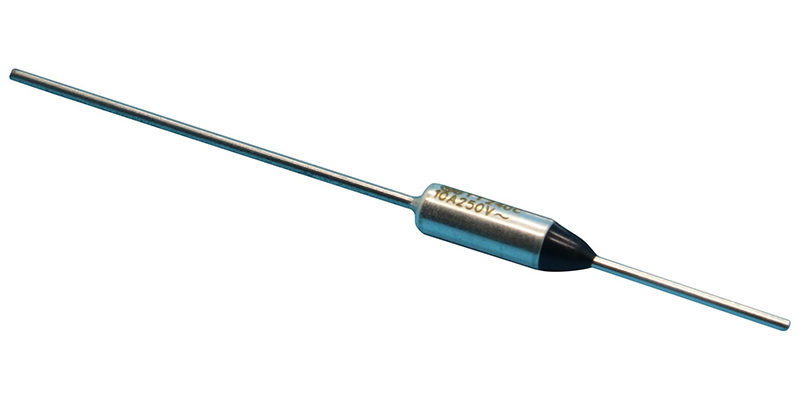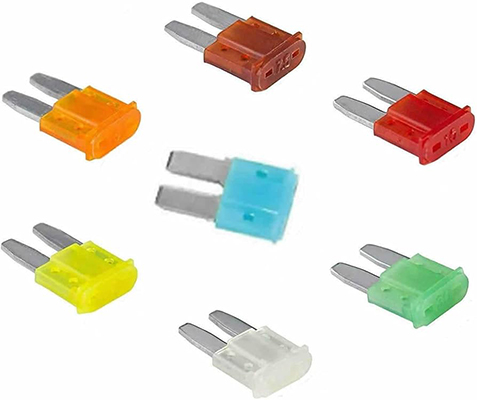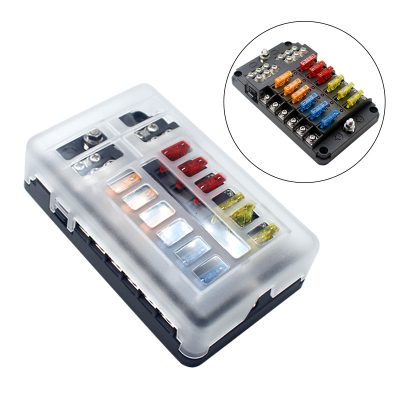Thermal Fuses in Car Headlight Ballasts: Temperature-Sensitive Safety Mechanisms
News 2025-10-27
Thermal fuses play a critical role in safeguarding automotive electrical systems, particularly in car headlight ballasts where high temperatures can pose significant risks. These components are designed to interrupt electrical circuits when predefined temperature limits are exceeded, preventing potential fires or damage in lighting systems. In modern vehicles, headlight ballasts for HID and LED lights generate heat during operation, making thermal fuses indispensable for maintaining safety and reliability. By acting as a fail-safe mechanism, they ensure that overheating does not compromise the functionality of critical automotive components, thus enhancing overall vehicle performance and longevity.

Applications in Automotive Lighting
In automotive lighting, thermal fuses are integrated into headlight ballasts to protect against thermal overload in various scenarios. For HID systems, which require high-voltage conversion, fuses monitor temperature rises caused by extended use or electrical faults, disconnecting power to avert hazards. In LED headlight setups, they safeguard sensitive electronics from heat accumulation due to environmental factors like poor ventilation or high ambient temperatures. This application extends to other vehicle lighting elements, such as fog lights or daytime running lights, where compact designs increase the risk of overheating, demonstrating the versatility of thermal fuses in ensuring safe operation across diverse automotive environments.
Performance Advantages
Thermal fuses offer distinct benefits in car headlight ballasts, primarily through their fast-acting response to temperature increases, which minimizes damage by quickly breaking the circuit. Their robust construction without moving parts provides exceptional durability and resistance to vibration, common in automotive settings, leading to consistent performance over time. Additionally, these fuses can be engineered with precise temperature thresholds, allowing customization for specific ballast types to optimize energy use and extend component life. This precision not only reduces maintenance needs but also supports compliance with stringent safety standards, making thermal fuses a preferred choice for enhancing the efficiency and safety of automotive lighting systems.
The following are key questions and answers related to thermal fuses in car headlight ballasts:
1. What is the primary function of a thermal fuse in a headlight ballast?
Answer: It disconnects the electrical circuit when temperatures exceed safe limits to prevent overheating and potential damage.
2. How do thermal fuses differ from other safety devices like circuit breakers?
Answer: Unlike resettable circuit breakers, thermal fuses are one-time use and permanently open the circuit after activation for added safety.
3. What factors should be considered when selecting a thermal fuse for a ballast?
Answer: Key factors include the specific temperature rating, current capacity, and compatibility with the ballast’s design and operating conditions.


